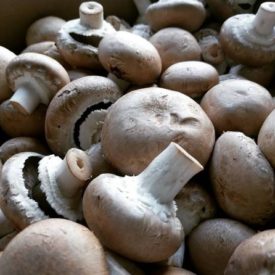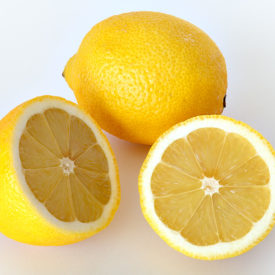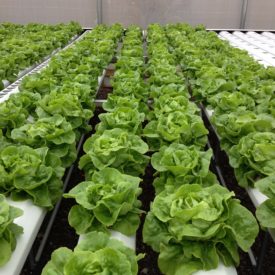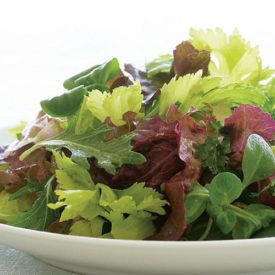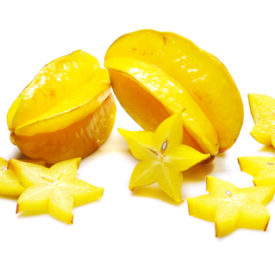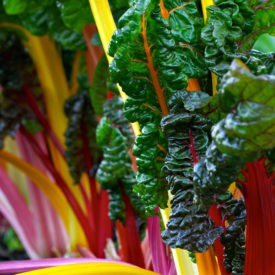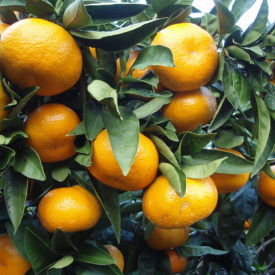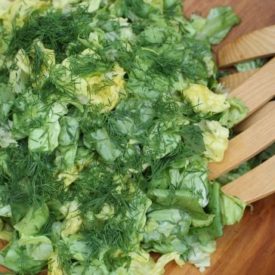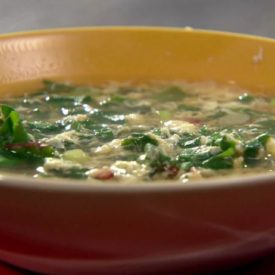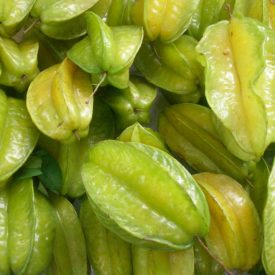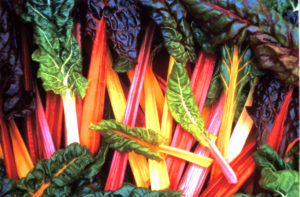
Swiss chard is a beet that is grown for its deep green leaves instead of its root. Swiss Chard is known by many names around the world including silverbeet, spinach beet, perpetual spinach, bright lights, crab beet, and seakale beets. In South Africa it is simply called spinach, but in the Americas, it’s most common nickname is chard. It also contains more minerals than most other greens and is very high in fiber.
Swiss chard is highly nutritious and is a good source of several vitamins. It’s very low in calories, or only about 19 calories per 100 grams of fresh, raw leaves. It’s an excellent source of vitamin C, a recommended source of vitamin K, omega-3 fats, vitamin A, and flavonoid antioxidants such as beta carotene, alpha carotene, lutein, and zeaxanthin. It’s also a great source of B-vitamins such as folate, niacin, vitamin B6 (pyridoxine), thiamin, and pantothenic acid, which are all essential for cellular metabolism to function optimally.
Preparation
Before you cook the chard, you’ll need to wash it. The first thing you should do is wash it well, by rinsing it in a sink full of cold water. You can even drain the water and repeat, unless the chard is free of dirt. If you got the chard at a farmers’ market, it will be extra fresh and more likely to have dirt on it, so wash thoroughly. Don’t wash the chard until right before you’re going to cook it, or it will wilt.
Decide whether to separate the chard or leave it whole. Small leaves of Swiss chard can be left whole or added to salad, and larger leaves with thin ribs can also be left whole for cooking. But if you’re cooking Swiss chard with thick ribs, then you should separate the ribs from the leaves by tearing the leaves away from the ribs, because the ribs will need to cook for a few more minutes since they are tougher than the leaves.
Farms that grow Swiss Chard
Ho Farms
What else is in the bag?
Punalu’u Ahupua’a Farms members check here for this week’s bag items.
Try out these recipes!
